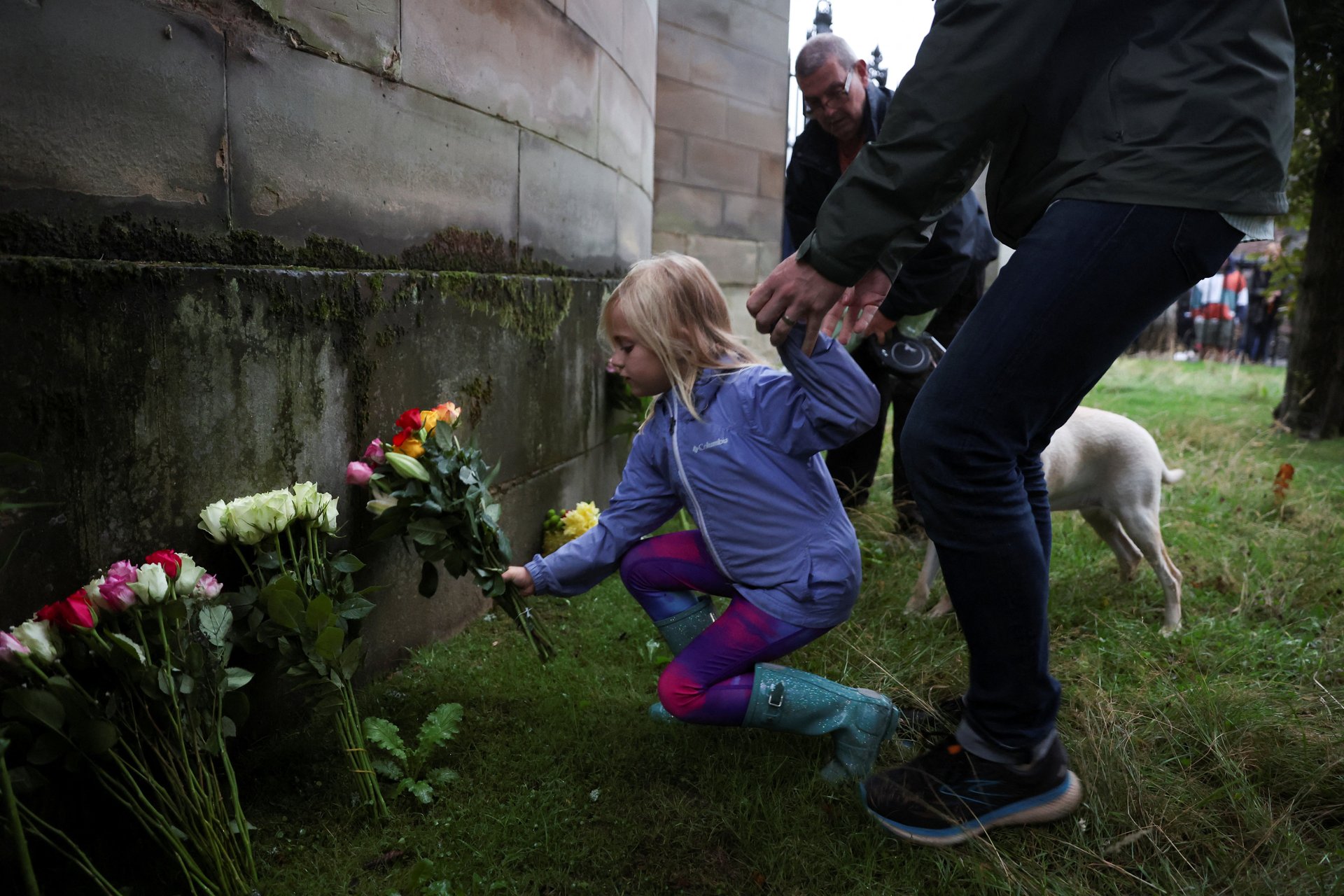What happens after the Queen dies?
The UK will enter 10 days of carefully scripted national mourning to commemorate her life and mark the succession of her son, King Charles III, to the throne.

Queen Elizabeth II is dead. Now, the UK will enter 10 days of carefully scripted national mourning that will commemorate her life and cement the succession of her son, King Charles III, to the throne.
Buckingham Palace officials have been planning for this moment since the 1960s. The earliest stages of their plan, codenamed Operation London Bridge, have already played out: Footmen posted a notice of the Queen’s death on the palace gates, flags across the country are at half-mast, and BBC stations spread the news on TV and radio (but not before the Royal Family’s Twitter account beat them to it).
Today (Sept. 8)—the day of the Queen’s death—has been dubbed “D-Day” by her funeral planners. Tomorrow will be D-Day+1, the day after will be D-Day+2, and so on. The biggest events from now until D-Day+10 have already been choreographed.
D-Day+1
Parliament will be recalled to take an oath of allegiance to King Charles. Incoming prime minister Liz Truss and her cabinet will hold an audience with King Charles, who will then broadcast an address to the nation.
D-Day+2
The Queen’s coffin will be transported from Balmoral, the Scottish estate where she died, to Buckingham Palace on a royal train. Mourners are expected to gather at stations and crossings along the route and throw flowers on the train. Government ministers will attend a reception at the palace to welcome the coffin.
D-Day+3
King Charles will begin a tour of Scotland, Northern Ireland, and Wales, the four nations that make up the UK, starting with a stop in Edinburgh to receive an official condolence from the Scottish parliament and attend a service at St. Giles Cathedral.
D-Day+4
King Charles will travel to Belfast to receive condolences from Northern Ireland’s parliament and attend a service at St. Anne’s Cathedral.
D-Day+5
The Queen’s body will travel in a procession from Buckingham Palace to Westminster Hall, where it will lie in state for three days between D-Day+6 and D-Day+9. Westminster Hall will remain open for 23 hours a day under constant guard from a rotating group of four soldiers.
D-Day+7
King Charles will travel to Wales to receive condolences from the Welsh parliament and attend a service at LIandaff Cathedral in Cardiff.
D-Day+10
On the day of Queen Elizabeth’s state funeral, many businesses are expected to close. There will be two minutes of national silence at noon, when train station announcements will stop and buses will pull over to the side of the road.
The Queen’s body will be taken to Westminster Abbey for the funeral, where the Archbishop will deliver a sermon. Then, 138 sailors will haul a gun carriage bearing the Queen’s coffin in a procession to Windsor Castle, where Queen Elizabeth will be buried at St. George’s Chapel.
